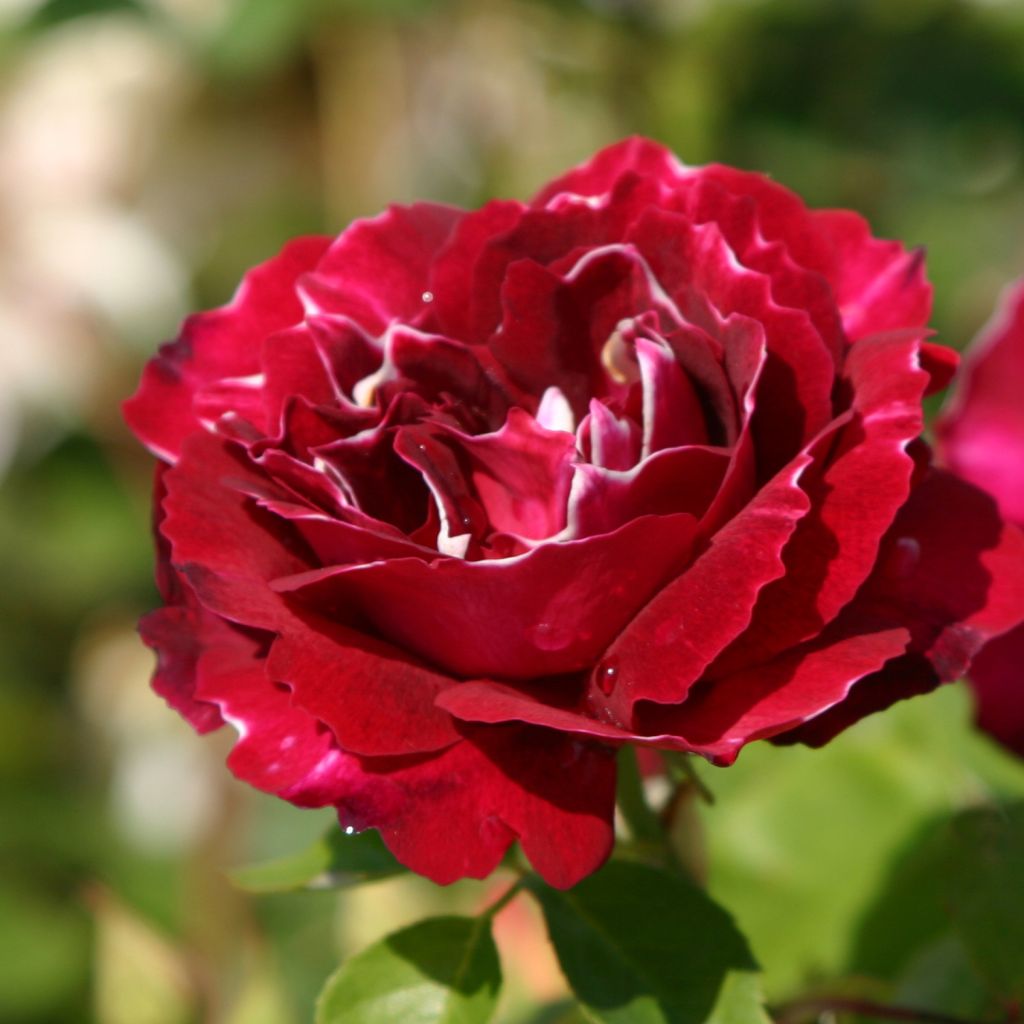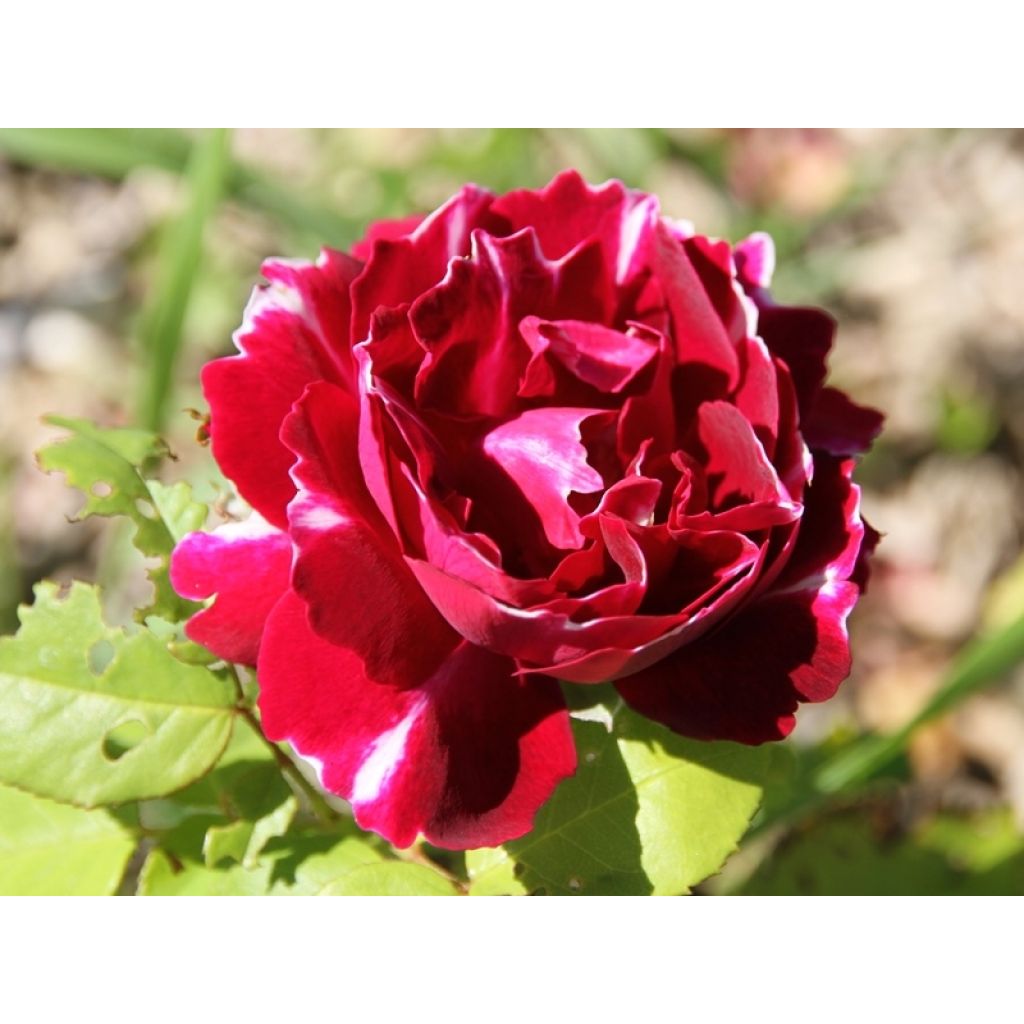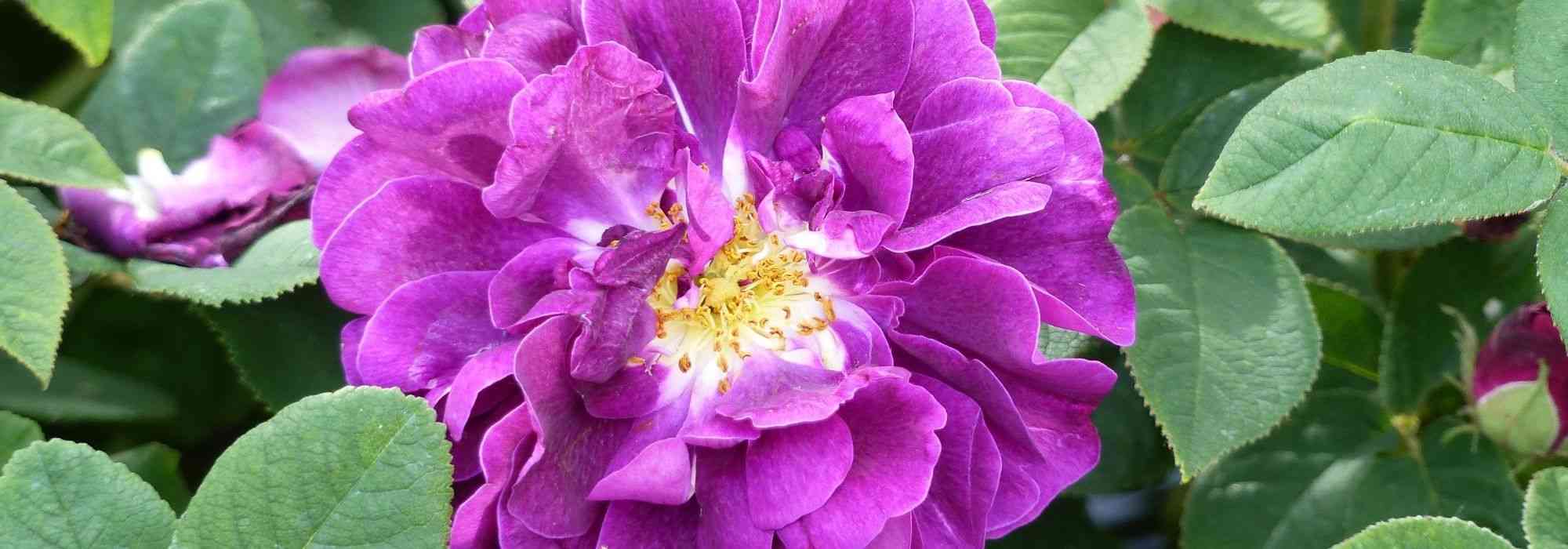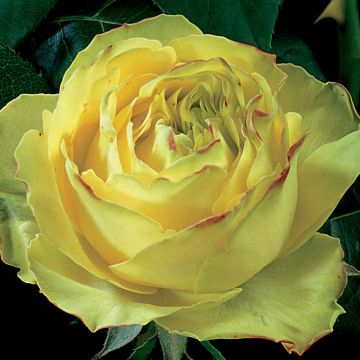

Rosa Baron Girod de l'Ain


Rosa Baron Girod de l'Ain


Rosa Baron Girod de l'Ain


Rosa Baron Girod de l'Ain


Rosa Baron Girod de l'Ain


Rosa Baron Girod de l'Ain
View more pictures
Hide images

Thierry P.

No text to translate.
Thierry P. • 84 FR

Elise A.

Elise A. • 51 FR

Elise A.

Shape and original colours
Elise A. • 51 FR
Rosa Baron Girod de l'Ain
Rosa Baron Girod de l'Ain
Rose
I have not received the variety ordered twice in a row. No explanation for this lack of seriousness, not in line with the usual standards of this company.
Eric, 30/11/2024
Special offer!
Receive a €20 voucher for any order over €90 (excluding delivery costs, credit notes, and plastic-free options)!
1- Add your favorite plants to your cart.
2- Once you have reached €90, confirm your order (you can even choose the delivery date!).
3- As soon as your order is shipped, you will receive an email containing your voucher code, valid for 3 months (90 days).
Your voucher is unique and can only be used once, for any order with a minimum value of €20, excluding delivery costs.
Can be combined with other current offers, non-divisible and non-refundable.
Home or relay delivery (depending on size and destination)
Schedule delivery date,
and select date in basket
We guarantee the quality of our plants for a full growing cycle, and will replace at our expense any plant that fails to recover under normal climatic and planting conditions.
Description
The 'Baron Girod de l'Ain' old Rose, is, according to the Journal des Roses of March 1906*, quite an original creation: « This bizarre and very pretty variety is nothing but an accident produced by a Eugène Fürst rose, in the nurseries of Mr. Reverchon, a horticulturist in Moulin-à-Vent, near Lyon (Rhône), and which has been almost completely fixed. » Awarded in its time and upon its introduction to the market (1897), this bushy rose produces double flowers, with open cups, of a beautiful crimson to violet-red, each disheveled petal being edged with white. This bush is very perpetual, and its corollas exhale a heady and fruity scent of dark flowers. It provides an excellent counterpoint to pastel and romantic roses in flowerbeds.
(*Pierre du Plouy)
The 'Baron Girod de l'Ain' rose, fortuitously and successfully obtained by the rose grower Reverchon in 1897, is part of the old remontant hybrid roses. This variety forms a bush 1m (3ft 4in) to 1.30m (4ft 3in) high by 90cm (35.4in) wide. It first blooms in June-July, and then again in September-October. Its roses, 7 to 8cm (3.1in) wide, are composed of several rows of irregular, dentate petals arranged in a free, well-opened rosette, only revealing the golden yellow heart of the corolla late. The dominant colour is a deep crimson red at full bloom, with the entire corolla turning pink-violet over time. The originality of the colour comes from a fine white border that edges each petal. The foliage, overall very healthy, is however susceptible to rust. Its colour is a light green with a matte appearance. The fruits, called hips, are red-orange to brown.
Preferring cooler exposures, the old 'Baron Girod de l'Ain' rose is a plant that tolerates partial shade well. Its flowers can be used in bouquets, but it also makes a beautiful standalone specimen or mixed with a bed of English or old roses in pastel shades. It creates an elegant contrast with the simple and changing flowers of the 'Mutabilis' China rose or with the simple corollas, orange to copper, of Rosa foetida 'Bicolor'. It is also lovely next to the pansy flowers of the 'Blue Eyes' rose. Its modest growth allows it to fit into perennial beds, where it wonderfully accompanies perennial geraniums, dame's rocket, or purple toadflax. Finally, due to its fragrance, it deserves to be planted near a path, an entrance, or under a window.
Rosa Baron Girod de l'Ain in pictures


Plant habit
Flowering
Foliage
Botanical data
Rosa
Baron Girod de l'Ain
Rosaceae
Rose
Cultivar or hybrid
Rosa canina Laxa (Wrapped bare root, 4L/5L pot)
Planting and care
Plant your old Rose 'Baron Girod de l'Ain' in a sunny or lightly shaded location, but hot situations accentuate its susceptibility to diseases. It will be necessary to treat it preventively against rust. Old roses are very tolerant but do not like excessive lime. They will adapt to any garden as long as the soil is well worked to help them establish. To plant your rose, work the soil by crumbling it well and put an amendment at the bottom of the planting hole, such as dried blood or dehydrated horn. Water generously after planting to remove air pockets. Water regularly for a few weeks to facilitate rooting. Also, remember to provide your rose with special rose fertilizer that stimulates plant flowering. To obtain abundant flowering from your roses, it is necessary to regularly bend and tie the branches. Each bend leads to a lateral shoot that ends in a bouquet of flowers. Do not hesitate to use this technique, you will be rewarded. Repeat-flowering roses should be pruned in late winter.
Roses are often stained or unsightly in late summer, but this is not a problem for their development. These spots are not harmful to the rose, it is a natural phenomenon.
Planting period
Intended location
Care
Planting & care advice
-
, onOrder confirmed
Reply from on Promesse de fleurs
Similar products
Haven't found what you were looking for?
Hardiness is the lowest winter temperature a plant can endure without suffering serious damage or even dying. However, hardiness is affected by location (a sheltered area, such as a patio), protection (winter cover) and soil type (hardiness is improved by well-drained soil).

Photo Sharing Terms & Conditions
In order to encourage gardeners to interact and share their experiences, Promesse de fleurs offers various media enabling content to be uploaded onto its Site - in particular via the ‘Photo sharing’ module.
The User agrees to refrain from:
- Posting any content that is illegal, prejudicial, insulting, racist, inciteful to hatred, revisionist, contrary to public decency, that infringes on privacy or on the privacy rights of third parties, in particular the publicity rights of persons and goods, intellectual property rights, or the right to privacy.
- Submitting content on behalf of a third party;
- Impersonate the identity of a third party and/or publish any personal information about a third party;
In general, the User undertakes to refrain from any unethical behaviour.
All Content (in particular text, comments, files, images, photos, videos, creative works, etc.), which may be subject to property or intellectual property rights, image or other private rights, shall remain the property of the User, subject to the limited rights granted by the terms of the licence granted by Promesse de fleurs as stated below. Users are at liberty to publish or not to publish such Content on the Site, notably via the ‘Photo Sharing’ facility, and accept that this Content shall be made public and freely accessible, notably on the Internet.
Users further acknowledge, undertake to have ,and guarantee that they hold all necessary rights and permissions to publish such material on the Site, in particular with regard to the legislation in force pertaining to any privacy, property, intellectual property, image, or contractual rights, or rights of any other nature. By publishing such Content on the Site, Users acknowledge accepting full liability as publishers of the Content within the meaning of the law, and grant Promesse de fleurs, free of charge, an inclusive, worldwide licence for the said Content for the entire duration of its publication, including all reproduction, representation, up/downloading, displaying, performing, transmission, and storage rights.
Users also grant permission for their name to be linked to the Content and accept that this link may not always be made available.
By engaging in posting material, Users consent to their Content becoming automatically accessible on the Internet, in particular on other sites and/or blogs and/or web pages of the Promesse de fleurs site, including in particular social pages and the Promesse de fleurs catalogue.
Users may secure the removal of entrusted content free of charge by issuing a simple request via our contact form.
The flowering period indicated on our website applies to countries and regions located in USDA zone 8 (France, the United Kingdom, Ireland, the Netherlands, etc.)
It will vary according to where you live:
- In zones 9 to 10 (Italy, Spain, Greece, etc.), flowering will occur about 2 to 4 weeks earlier.
- In zones 6 to 7 (Germany, Poland, Slovenia, and lower mountainous regions), flowering will be delayed by 2 to 3 weeks.
- In zone 5 (Central Europe, Scandinavia), blooming will be delayed by 3 to 5 weeks.
In temperate climates, pruning of spring-flowering shrubs (forsythia, spireas, etc.) should be done just after flowering.
Pruning of summer-flowering shrubs (Indian Lilac, Perovskia, etc.) can be done in winter or spring.
In cold regions as well as with frost-sensitive plants, avoid pruning too early when severe frosts may still occur.
The planting period indicated on our website applies to countries and regions located in USDA zone 8 (France, United Kingdom, Ireland, Netherlands).
It will vary according to where you live:
- In Mediterranean zones (Marseille, Madrid, Milan, etc.), autumn and winter are the best planting periods.
- In continental zones (Strasbourg, Munich, Vienna, etc.), delay planting by 2 to 3 weeks in spring and bring it forward by 2 to 4 weeks in autumn.
- In mountainous regions (the Alps, Pyrenees, Carpathians, etc.), it is best to plant in late spring (May-June) or late summer (August-September).
The harvesting period indicated on our website applies to countries and regions in USDA zone 8 (France, England, Ireland, the Netherlands).
In colder areas (Scandinavia, Poland, Austria...) fruit and vegetable harvests are likely to be delayed by 3-4 weeks.
In warmer areas (Italy, Spain, Greece, etc.), harvesting will probably take place earlier, depending on weather conditions.
The sowing periods indicated on our website apply to countries and regions within USDA Zone 8 (France, UK, Ireland, Netherlands).
In colder areas (Scandinavia, Poland, Austria...), delay any outdoor sowing by 3-4 weeks, or sow under glass.
In warmer climes (Italy, Spain, Greece, etc.), bring outdoor sowing forward by a few weeks.

















































